Eye Rx Blog
Learn more about optometrist care in our blog!
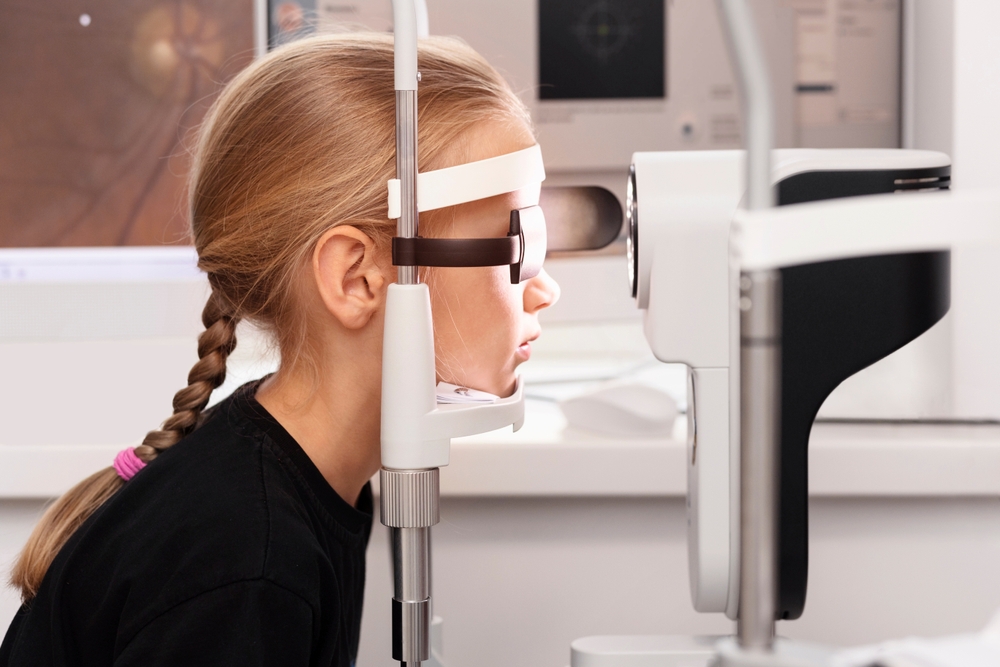
Clear vision plays a vital role in a child’s ability to learn, move confidently, and connect with the world around them. Yet many vision problems can go unnoticed in children because they may not realize anything is wrong. If you’re looking for an eye doctor in Washington, DC who truly understands children’s eye care needs, Eye Rx is here to help.

Myopia, more commonly known as nearsightedness, is becoming increasingly common among children. While it may start as a minor inconvenience, myopia can worsen over time if not properly treated. Early detection through pediatric eye exams in Dumfries, VA is essential for protecting your child’s long-term vision and eye health.

Dry eye disease can make everyday vision tasks feel uncomfortable and frustrating. From reading to working at a computer to simply spending time outdoors, persistent dryness and irritation can significantly affect your quality of life. For many people, traditional contact lenses only make these symptoms worse. Fortunately, scleral lenses offer a highly effective and comfortable alternative designed specifically for individuals with dry eye.

If you’ve recently been prescribed scleral lenses, you’re taking an important step toward clearer, more comfortable vision - especially if you’ve struggled with conditions like keratoconus, dry eyes, or irregular corneas.
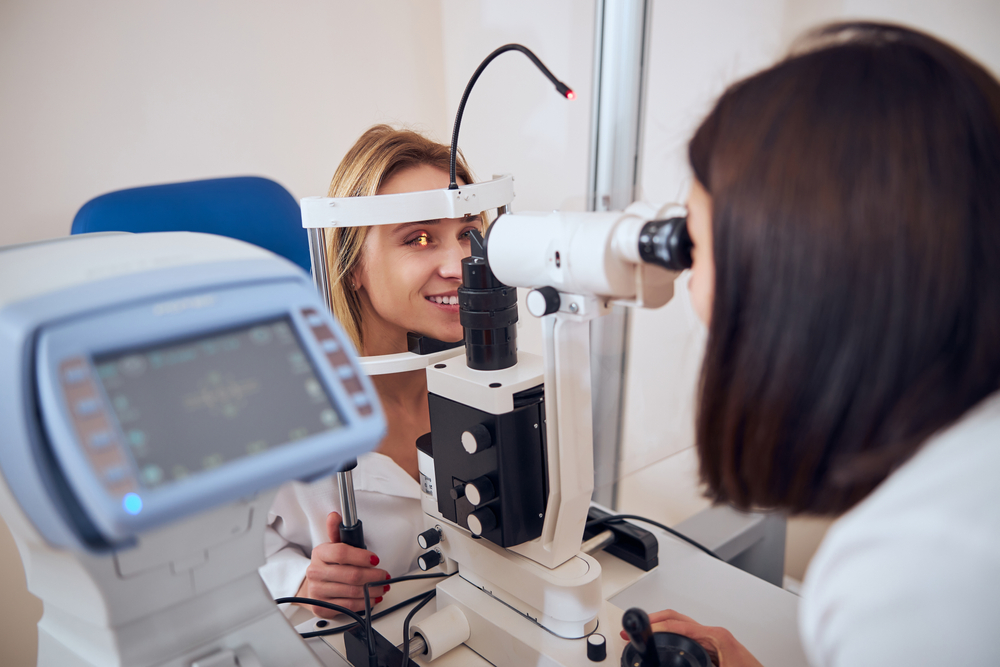
Routine eye exams are essential for maintaining healthy vision at every stage of life. However, the approach to examining a child’s eyes versus an adult’s can differ significantly. At Eye Rx, we tailor each exam to the patient’s age, needs, and developmental stage to ensure the best care possible. Understanding these differences can help parents and adults alike know what to expect during their next visit.

When it comes to eyeglasses, lens material plays a crucial role in how clearly you see and how comfortable your glasses feel. Modern lens technology has come a long way, offering options that are lighter, more durable, and better suited to your prescription and lifestyle. Understanding these differences can help you make the best choice for your visual needs during your next visit to your eye doctor in Stone Ridge.
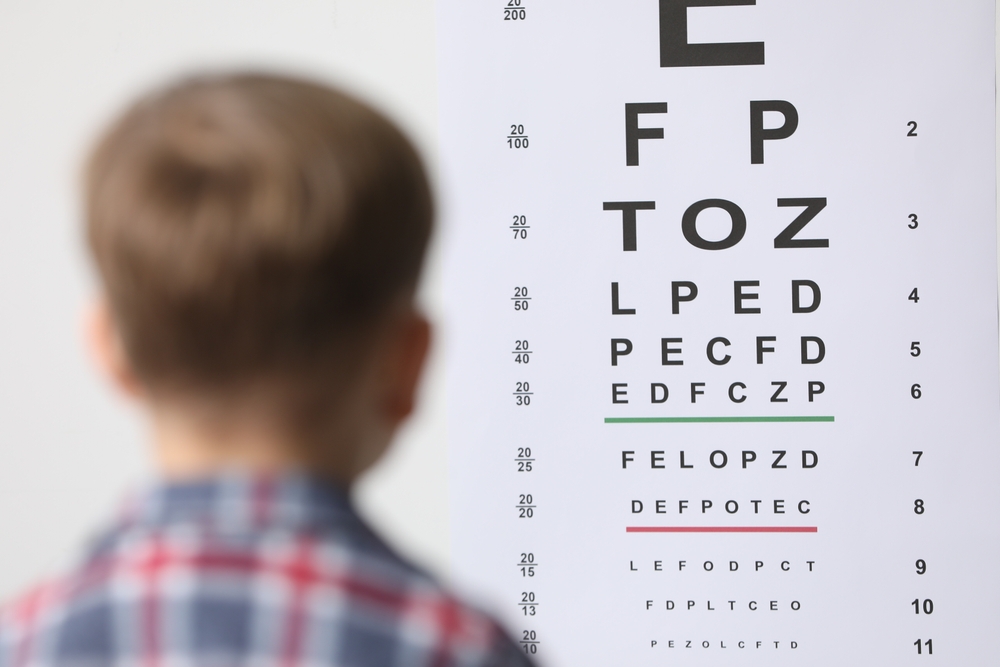
Over the past decade, myopia has become one of the most prevalent vision problems among children worldwide. More kids than ever are needing glasses at younger ages, and many parents are wondering why. At Eye Rx in Stone Ridge, Virginia, we’re seeing this trend firsthand and helping families understand what’s driving it. By learning the causes behind rising childhood myopia and taking steps early, parents can help protect their child’s eyesight and reduce future vision risks.
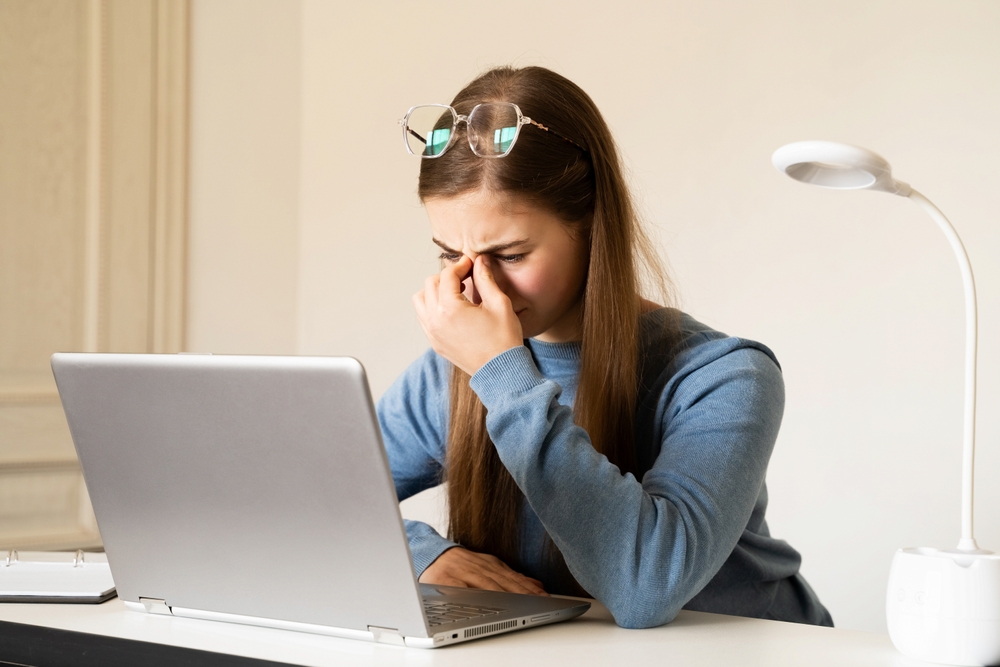
In today’s digital world, spending hours on computers, tablets, and phones has become unavoidable for most people. However, this constant screen exposure can take a toll on your eyes, leading to discomfort, blurred vision, and headaches - symptoms often associated with Computer Vision Syndrome (CVS), also known as Digital Eye Strain.
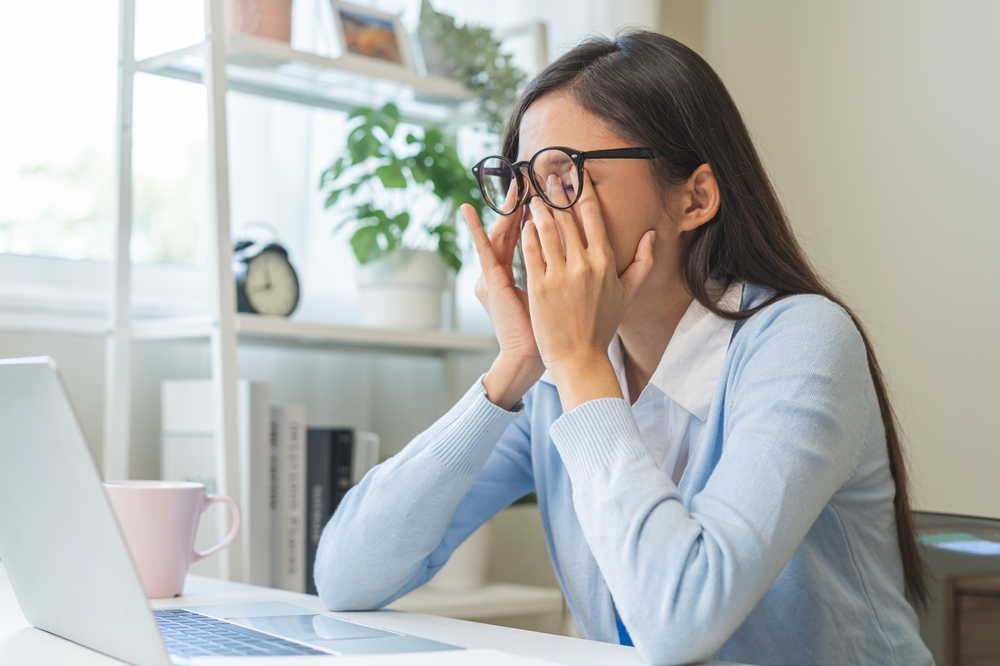
When your eyes feel dry, itchy, or irritated, it can be easy to brush it off as a minor issue. However, understanding whether your dryness is occasional or part of a chronic condition called dry eye disease can make a big difference in how you manage your eye health and comfort.

When your eyes feel dry, irritated, or uncomfortable, one of the first things many people reach for is an over-the-counter (OTC) eye drop. But are these drops always the best solution? Depending on your symptoms and underlying eye health, a prescription treatment may be more effective in providing lasting relief. Understanding the differences between OTC eye drops and prescription options can help you make the right decision for your vision and comfort.







